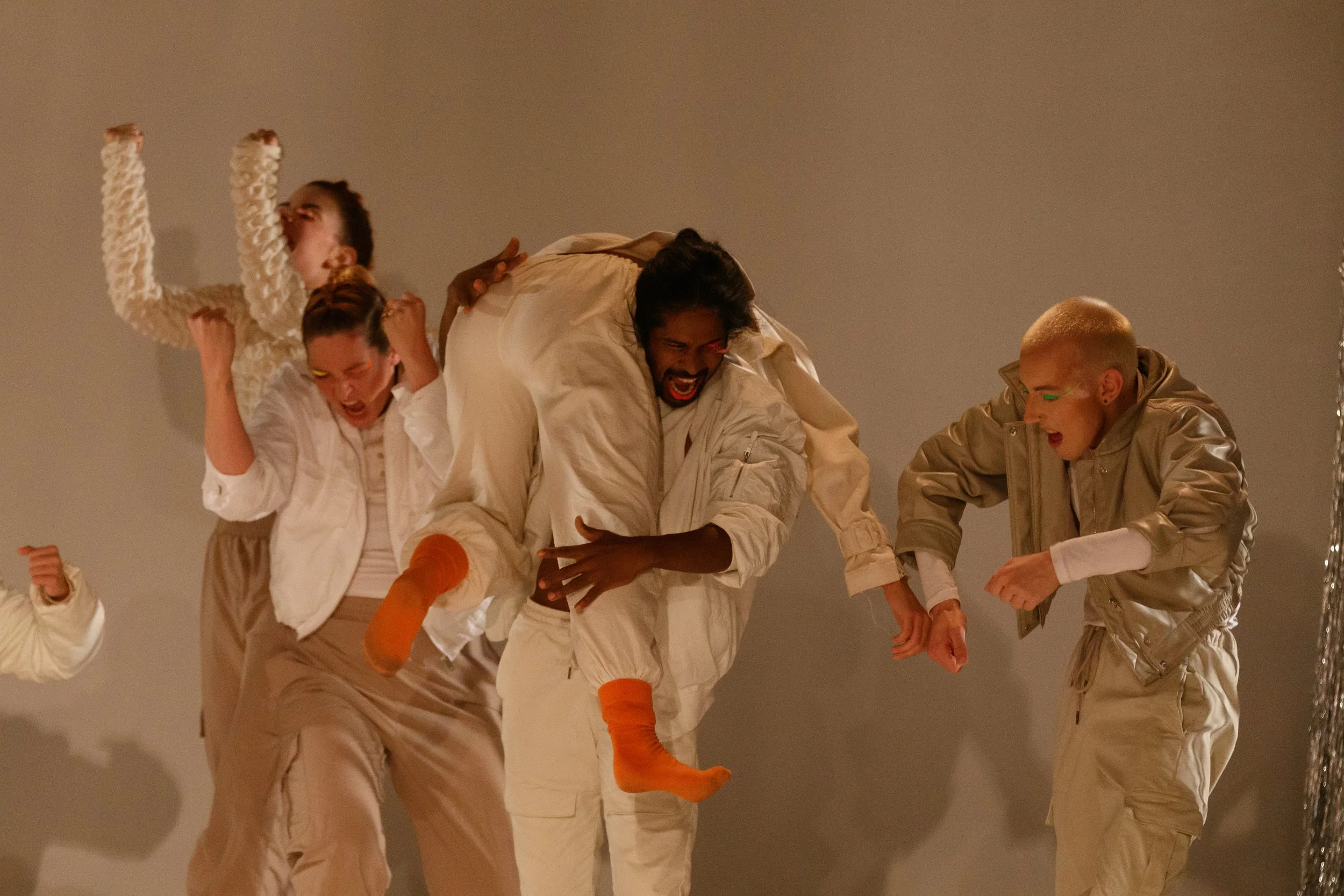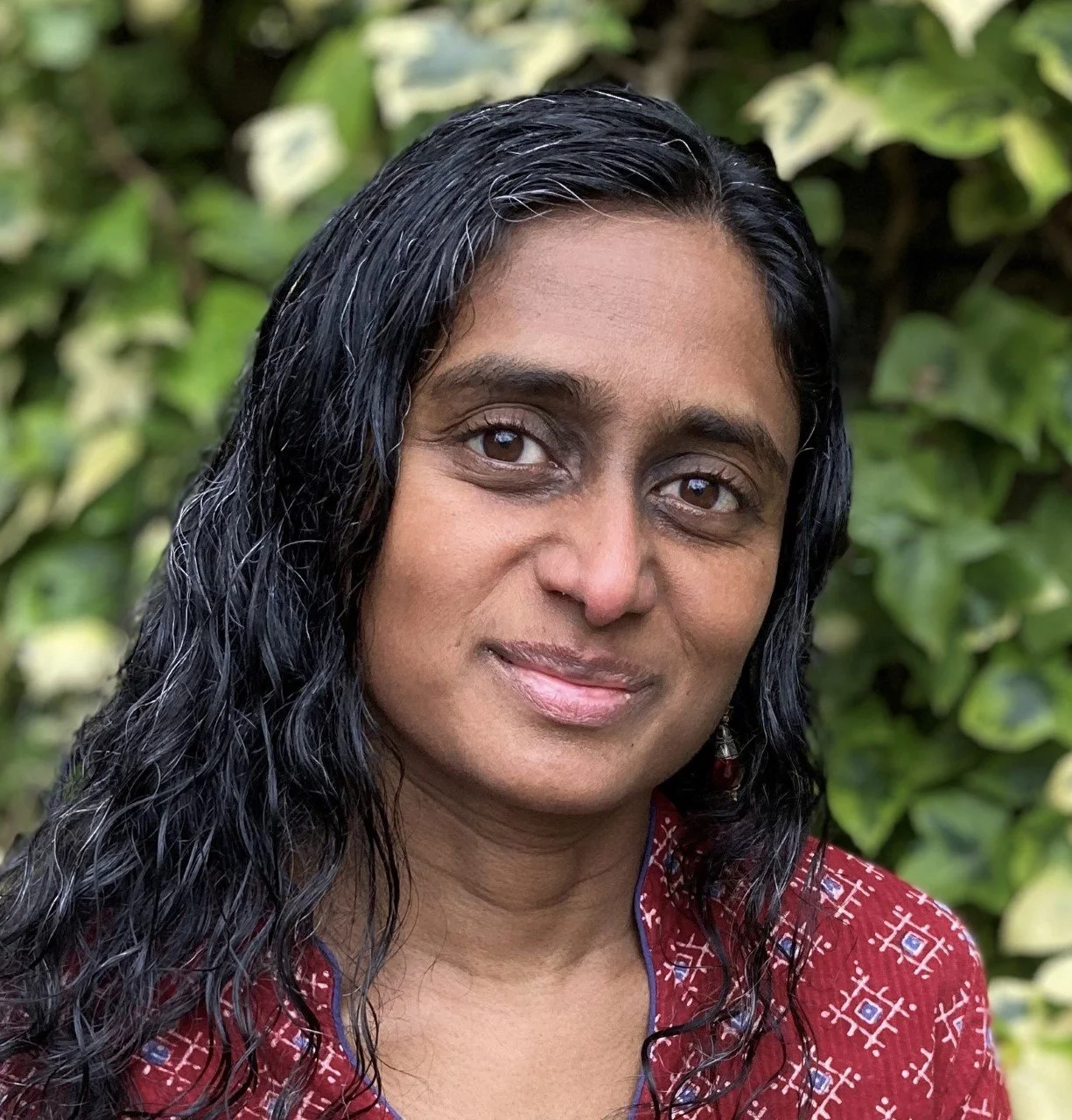Alumni Update: Anand Dhanakoti
Anand Dhanakoti, a 2018 Inlaks Scholar, is currently a dancer and choreographer in Germany. His performance Baalya premiered at Kampnagel –K4 in June. It is a captivating movement-based performance blending circus arts, contemporary dance, and voice to explore the experiences of street children in Bengaluru. Through a multilingual mix and collaboration with artists from diverse cultures, it weaves a transcultural narrative, drawing attention to the challenges faced by street kids globally.
Read on to know more about his work, future plans and journey.
How did the experience of studying dance in Hamburg, Germany enrich you?
Embarking on my journey at the Contemporary Dance School in Hamburg in 2018 was a whirlwind of excitement and nerves, met with the warm embrace of the city and dancers friends . The demanding schedule, covering ballet, contemporary dance, choreography, and more, propelled me to explore my boundaries and uncover my strengths.
As a dancer, I honed the ability to navigate diverse spaces and collaborate with various movement artists. Self-care took centre stage, encompassing nutrition, workouts and more. Trusting my inner feelings and energy, I developed skills to interact with audiences, evolving into a resilient performer.
Transitioning into a choreographer role, I immersed myself in diverse methods, articulating ideas and addressing socio-political themes through dance. The process involved translating thoughts into physical expressions, using dance to convey messages about gender equality, Dalit culture, and racism.
Managing the organizational aspects of dance became integral to my journey. Developing self-management skills, making decisions, and collaborating with artists and institutions were crucial. From preparing dance floors to navigating German taxes and writing funding applications, I honed technical, conceptual, and interpersonal management skills.
This experience encapsulates not only my personal growth but also serves as a guide for aspiring dancers, choreographers, and instructors. The journey in contemporary dance transcends the stage—it involves self-discovery, collaboration, and contributing to the rich tapestry of the art form.
What was a typical day at the Contemporary Dance School like?
We had classes five days a week from 9 am to 5 pm. We would have a ballet class in the morning. Then we had 4 classes which could be anything from Modern, Cunningham, Graham, Flow Work, Contact Improvisation, Choreography, Choreographic mentoring or Improvisation to Anatomy, Singing, Acting, Pilates and Yoga. We also had masterclasses and workshops.
What was the inspiration behind Baalya? How was the experience of creating it?
Baalya is a movement-based piece that works with elements of circus arts, contemporary dance, improvisation and voice, inviting the audience into a multi- sensory performance based on my personal experiences as a street kid in the streets of Bengaluru and those of the performers trained in circus arts. It questions how movement and dance change through street experiences and turns the Indian caste system on its head by thinking of choreography from the feet up. In the Indian caste system, people are categorised according to which parts of their body they use to earn a living. The people of the lowest caste act as the feet of society.
The play begins in the midst of vibrant street life: streets sounds, music, joyful singing, rope walking, lively stunts, rhythmic dancing, selling fruits and bargaining. But behind this whirlwind lies a deeper story - a gripping story of the struggles and resilience of street children. Their evenings, once filled with light-hearted entertainment, turned into a night of rescue by a non-governmental organisation, changing their lives in irreversible ways. Baalya is a choreographic homage to this crucial night and a vivid portrayal of the daily lives of street children around the world.
Its artistic journey is inspired by Indian, South American and Italian street dance, combined with acrobatics and the folk dance form Devarattam from South India. This indigenous cultural practice is facing extinction due to urbanisation and reflects the disappearance of various street cultures around the world. Over the course of the performance, boundaries are crossed to present an empathetic and educational narrative, an ode to the lost childhoods of street children around the world and a call for social empathy and change.
What are your plans/upcoming shows in the near future as a dancer and performer?
Well, first there is ‘I Want To Be A Swamp, where Mexican choreographer Yolanda Morales and her international team envision a natural setting on stage, celebrating a threatened northern German moor landscape through memories and physical expressions. They pay homage to the transformative powers of nature with songs, choral voices, electronic sounds, and shamanic-like repetitions. We will be touring in the future in Germany and across Europe. There’s also ‘Du Bist Dran!’, which has choreography by Regina Rossi, a Brazil and Germany-based choreographer, showing in May in Hamburg. I’m part of ‘Embers’, a duet dance piece with Lisa Bliss, a Heidelberg and Berlin-based choreographer and dancer.
As a choreographer, I will be participating in a Residency and creating a new piece at the Center for Choreographic Development SE.S.TA. Prague, Czech Republic. I’m also leading a research project called ‘Duniya’, involving a musician and three other dancers. It explores the interplay of breath, movement, and nature, showcasing life's reliance on breath. The project promotes environmental justice, public health, and climate change awareness, advocating for clean air as a human right. Along with this, I am also conducting workshops in Europe to share my movement method, research workshop, and choreography method.
What advice would you give someone passionate about dance and keen to pursue it as a profession?
I'm not offering advice; I'm simply sharing my humble thoughts and experiences. Strive for success in the world of dance and choreography by working hard and incorporating smart work. Engage in diverse learning experiences, such as reading books, watching dance documentaries and films, attending performances in various forms, and absorbing the works of both local and international artists. Stay informed about the contemporary art scene globally, following the pathways of renowned figures like Akram Khan and Pina Bausch.
While embracing influences, remember your roots and the journey you've undertaken. Confidence is key, alongside effective communication, management, and planning skills. Patience is crucial in the challenging world of artistry and maintaining a strong, respectful connection to your origin contributes to personal growth. Be open to learning from individuals of any age, gender, or ethnicity. Continuous practice is essential; learning never truly ends.
Above all, prioritize your health, both physically and mentally. Persevere in your dreams, acknowledging that the journey may take time. Never give up, and keep trying to achieve your artistic aspirations.
How has dance changed/helped you grow as a person?
I went to the Born Free Art school which was an NGO. Most of us there came from slums and were street children. I was a rag-picker and did child labour. At home, my parents had issues of their own. We all carried so much trauma and dance helped me come out of that. It was too much to express. Dance helped me escape from all that. In my background we don’t go to therapy or counselling. I’m not so comfortable talking to people about inner feelings.
Dance helped me to express more from all my experiences. I had so much energy as a child and dance helped me use it up as well as calmed me down. Dance and movement in general. I’ve done so many things – football, gymnastics, hip hop, tai chi, kalaripayattu and jazz. And of course ballet. All these gave me an identity. I began to understand that I am not like everyone else, I am different, special. And I liked that.










